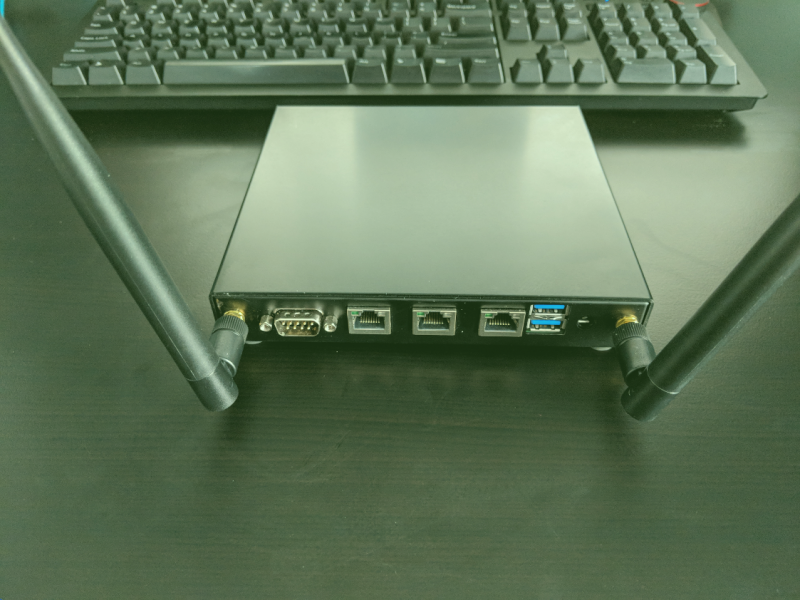Author: shaner
-
Mounting NFS Share from LX Zone
-
Deploying Kubernetes on SmartOS
Some things are just explained better through video. Here I’m deploying Kubernetes on SmartOS with the help of bhyve.
-

Using cloud-init with SmartOS
SmartOS provides the ability to inject cloud-init data into a zone/VM. This is extremely useful for automating some of the menial tasks one would normally have to perform manually like setting up users, installing packages, or pulling down a git repo. Basically, anything you can stuff into cloud-init user-data is at your disposal. However, since…
-

Deploying Graylog and Filebeat for Suricata event logging using Juju
I <3 graylog and with graylog 3.0 almost GA, it promises to be even better. In this post (part of a multi-post series) I’ll walk you through setting up Graylog to ingest logs from Suricata. First, let’s install graylog. While there are almost too many ways to deploy software these days, I’ve been playing with…
-
SmartOS on Alix APU2c2
Over the past few years, I’ve been using SmartOS as my hypervisor of choice coupled with a management layer called Project-Fifo. I have to say, it’s been a joy to work with. I had a couple Alix APU’s laying around and was curious how well SmartOS would run it. To begin, I downloaded the SmartOS…
-

Adding WiFi Card to Alix apu Running pfSense
I always thought it would be neat to manage my home WiFi from the same interface as the rest of my network. After eyeing the hardware for a long time and doing some research every couple months or so, I finally made the leap and purchased the necessary hardware. As I’m using an Alix apu2c2,…